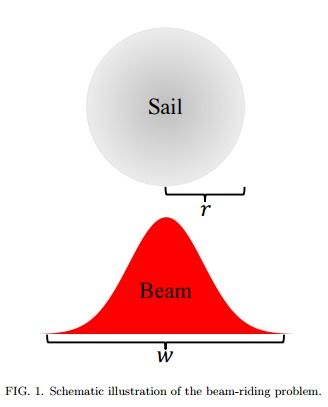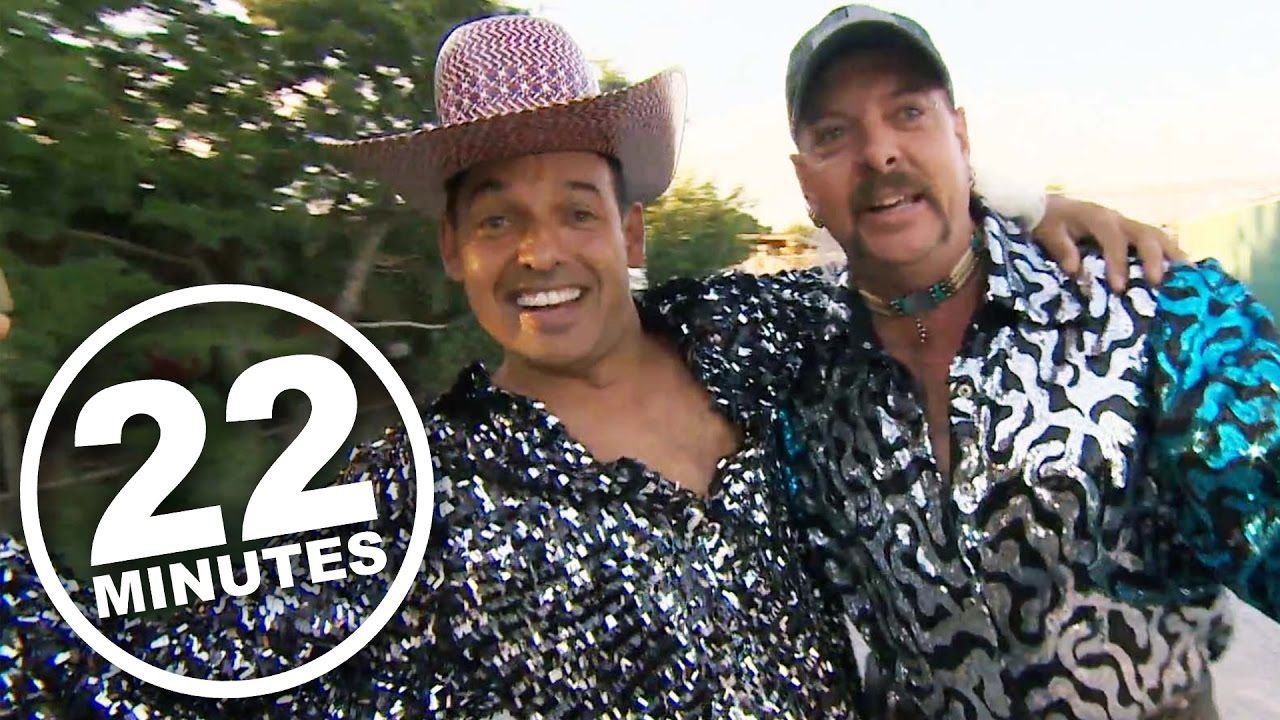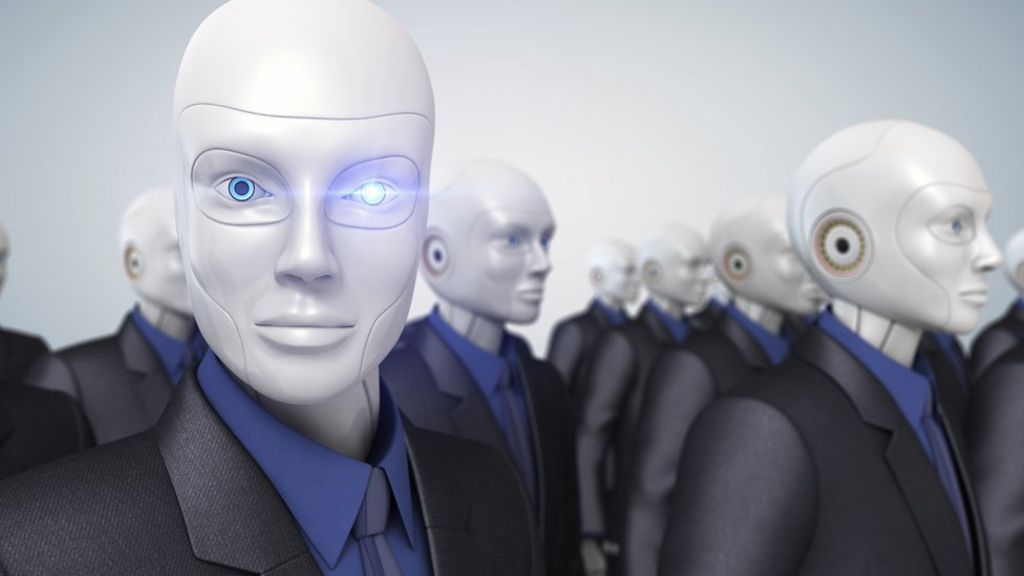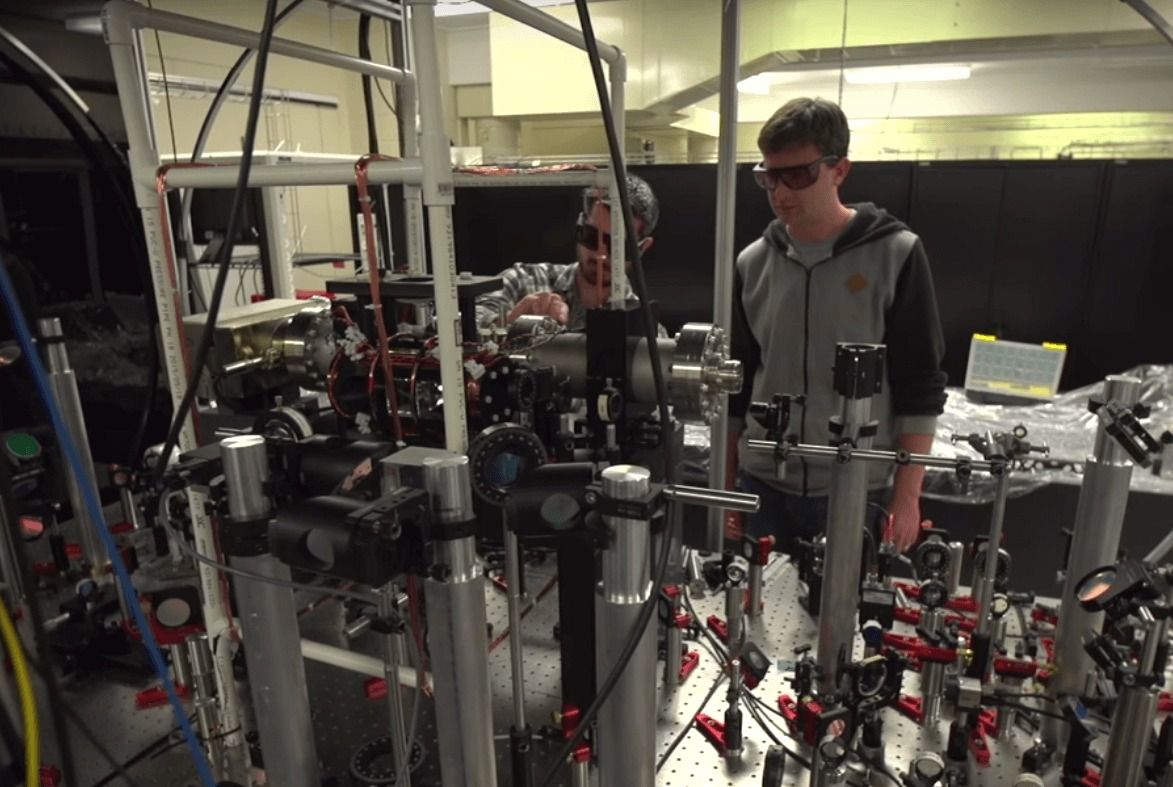A new country called Asgardia, named after Norse mythology’s city in the skies, could be the first nation ever created in space. The hope is to embark on a mission to mine asteroids and defend Earth from dangerous meteorites, space debris, and other threats.
That is, if everything goes according to an uncertain, open-ended, and audacious plan put forth by its founders.
The group behind the Asgardia project includes space experts based out of Canada, Romania, Russia, and the United States, and they announced their sovereign ambitions from a press conference in Paris on Wednesday.










